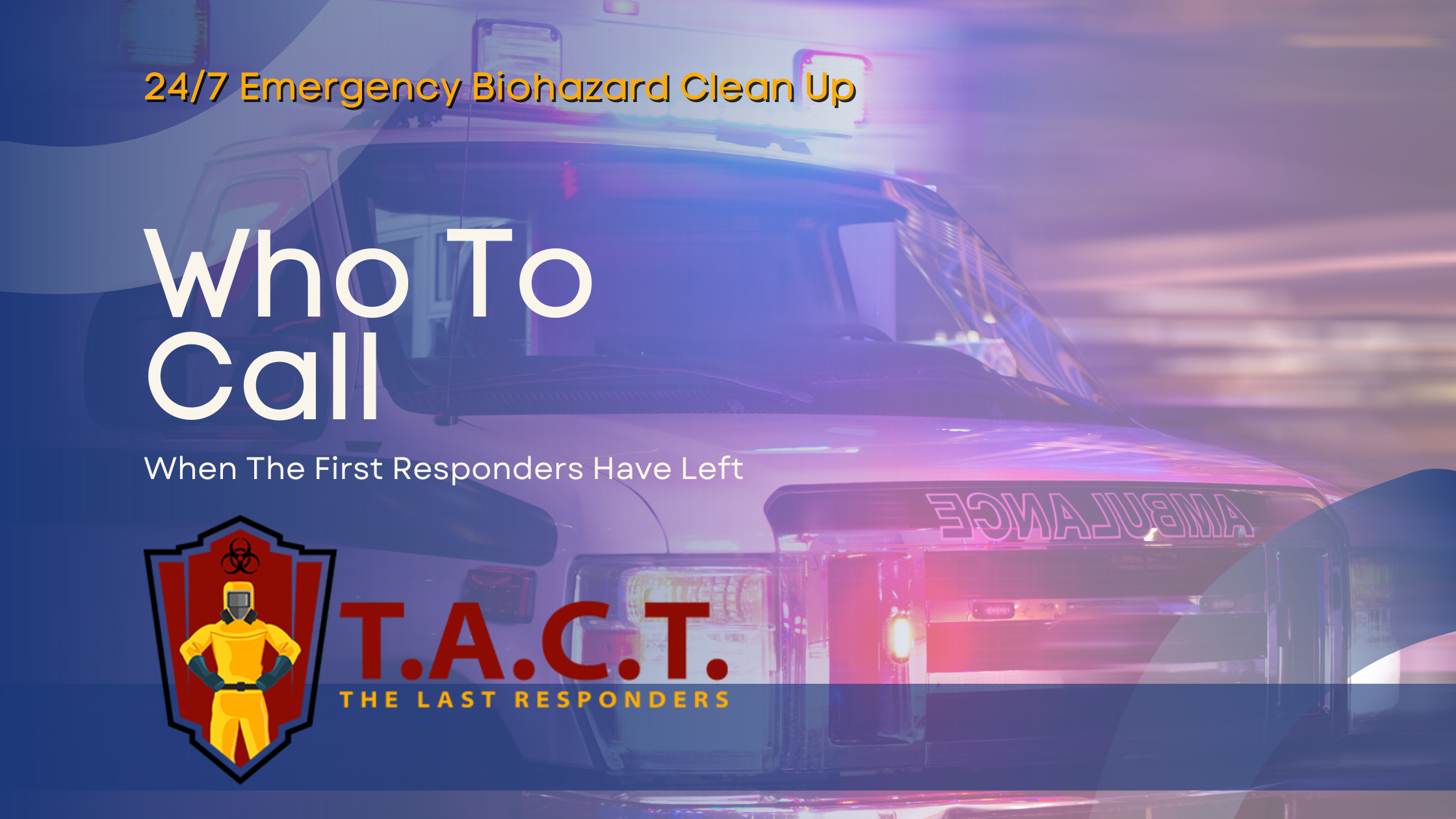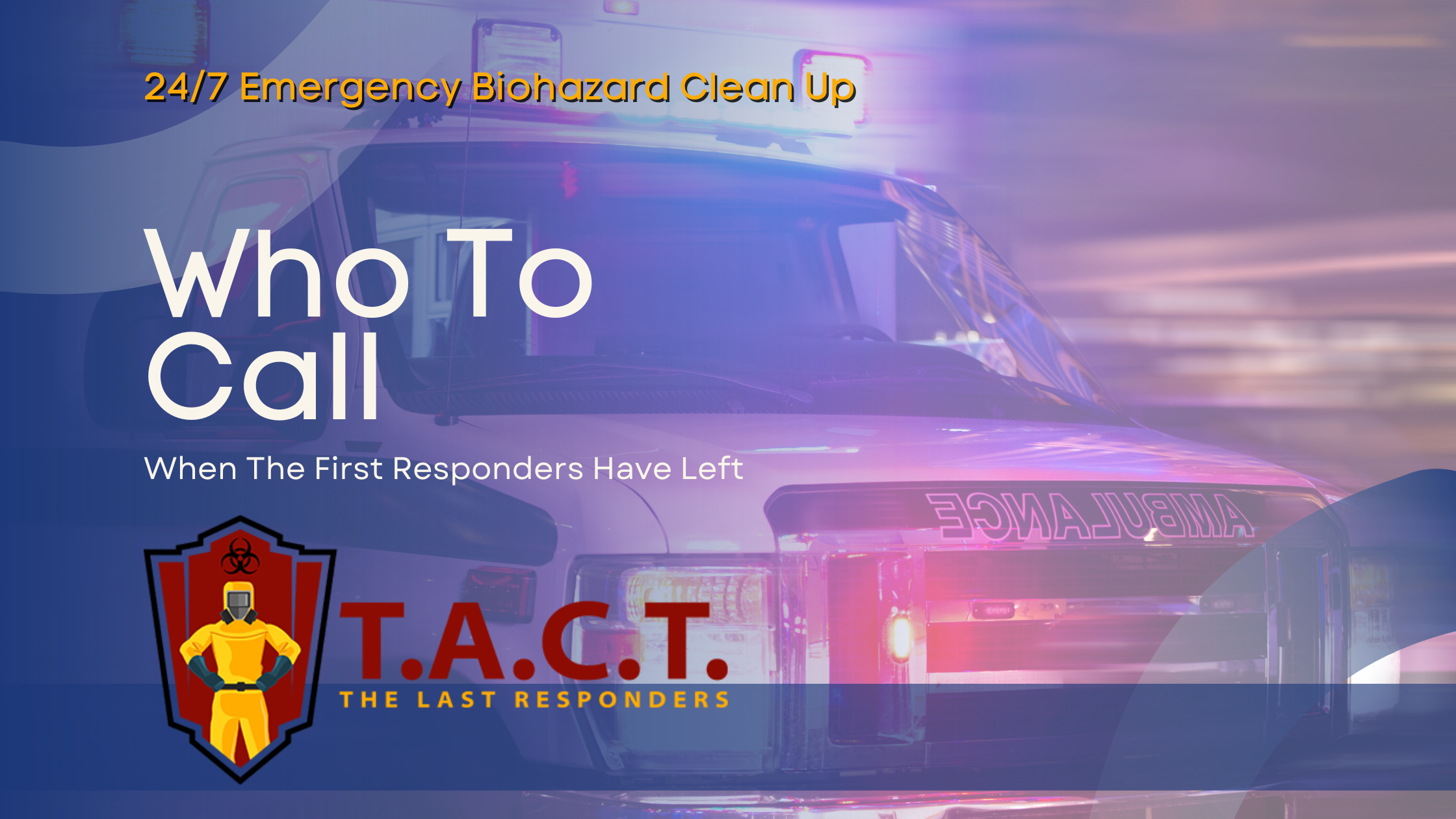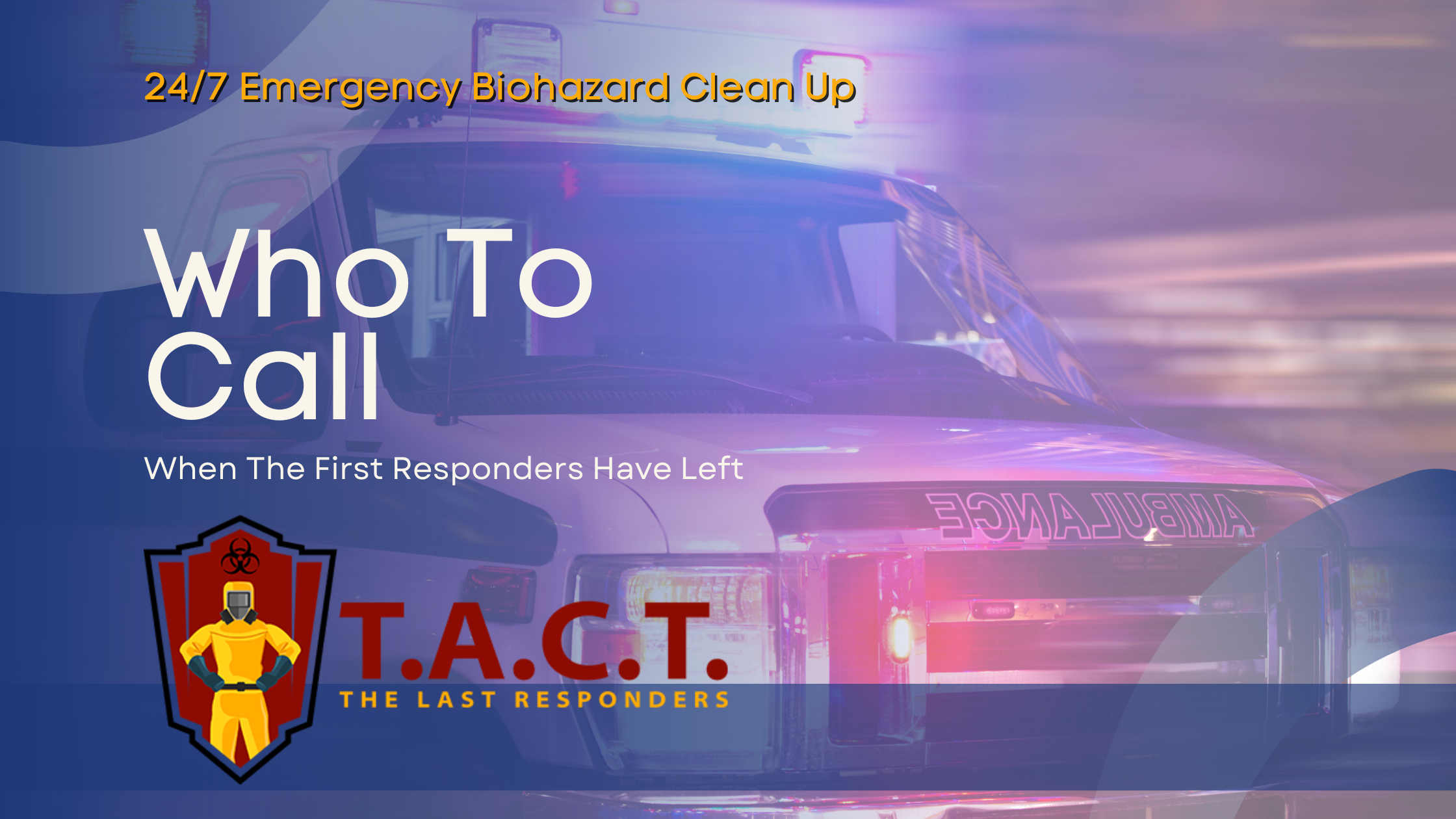what does mouse poop look like

What Does Mouse Poop Look Like? A Guide to Identification and Removal
Introduction to Mouse Infestations
Mouse infestations are a common issue for many homeowners, with nearly 30% of Americans facing a rodent problem at some point. Mice infestations can quickly escalate if not addressed, leading to more severe property damage and health risks.
Identifying mouse droppings is key to detecting a mouse infestation and understanding the severity of the rodent problem in your home.
Mouse droppings dangerous because they can contain viruses and bacteria, such as salmonella and Hantavirus, which pose serious health risks. Mouse droppings can spread disease, making proper cleanup and handling essential to prevent illness.
Acting quickly to get rid of mouse droppings and address a mouse infestation is crucial to prevent further pest problems.
Characteristics of Mouse Droppings
Mouse droppings look like dark grains of rice, 3/16 to ¼ inch long, with pointed ends and colors from blackish brown to gray. To identify mouse poop, look for these small, rice-shaped pellets, which are smaller and more tapered than rat or cockroach droppings.
Fresh droppings are black and soft; older droppings turn brown then gray and crumble easily.
Mice produce 50-75 pellets daily, leaving droppings (mice poop) along travel paths and near food sources, but not inside their nests.
The size and amount of droppings help determine the severity of the mouse or pest problem in your home. Compared to mice, rats produce fewer droppings per day, which can help you distinguish between a mouse and rat infestation.
Identifying Mouse Droppings
Mouse droppings can be mistaken for other pest droppings, such as cockroach poop, termite feces, or even rat droppings, due to similarities in size and color.
Rat droppings (rat poop) are larger, about ½ inch long, with pointed, tapered ends and dark brown or black color.
Squirrel and raccoon droppings differ in size and shape, helping distinguish them from mouse or rat droppings.
Mouse droppings often have pointed ends or mouse hair stuck in them, unlike cockroach droppings.
Different pests produce droppings with distinct characteristics, making it easier to identify the type of infestation.
How to Differentiate Mouse Droppings from Other Pests
Being able to identify mouse droppings is essential for tackling a mouse infestation and choosing the right pest control approach. Mouse droppings, sometimes called mouse poop or mouse feces, are often confused with other pest droppings, such as rat droppings or cockroach droppings. However, there are key differences that can help you pinpoint the source of your pest problem.
Mouse droppings typically look like small, dark grains of rice—about 1/4 inch long—with one or both ends pointed. You’ll often find these dark brown or black pellets in areas where mice tend to travel, such as kitchen cabinets, food storage areas, and along walls or behind appliances. Mouse droppings are usually scattered near food sources or in nesting materials, making these locations prime spots to check if you suspect a mouse infestation.
In comparison, rat droppings are much larger—about 1/2 inch long—and have a more sausage-like shape, with blunt or slightly tapered ends. Cockroach droppings are smaller and more rounded, resembling black pepper or coffee grounds, and are often found in clusters in hidden crevices.
Dangers of Mouse Droppings
Mouse droppings can contaminate food, cause allergic reactions, and transmit bacteria and diseases like Hantavirus, Salmonella, and Leptospirosis—these are some of the common diseases spread by rodents. Contaminated food from mouse droppings poses serious health risks and highlights the importance of prompt cleanup and prevention.
Rodent droppings may have little smell, but mouse urine has a strong ammonia odor, which can indicate a current rodent infestation and points to potential health risks associated with exposure to droppings and urine.
Mice use scent from droppings and urine to communicate and navigate their environment.
Poor eyesight makes mice rely heavily on their sense of smell to find food and avoid danger.
Locations Where Droppings Are Found
Mouse and rat feces are often found in kitchens, cabinets, pantries, closets, closet spaces, attics, basements, garages, and food storage areas.
Check behind appliances, around water heaters, in wall voids, along baseboards, near air vents, around exposed pipes, and around utility lines where mice tend to travel or may leave droppings.
Secluded spaces with nesting materials like insulation or cardboard boxes are common hiding spots for rodents.
Regular inspection and cleaning of these areas help detect and address rodent infestations early.
Health Risks Associated with Droppings
Mouse droppings can spread diseases like hantavirus, hemorrhagic fever, and leptospirosis.
Contact with droppings, urine, saliva, or contaminated air/food can transmit illnesses.
Droppings may contain bacteria harmful to people with asthma.
Addressing mouse droppings promptly protects household health.
Preventing Future Infestations
Inspect and seal entry points smaller than a dime using steel wool and silicone caulk to block mice from entering.
Remove every potential food source by cleaning dirty dishes, securing trash cans, and storing pet food properly to deter mice and prevent mice infestations.
Reduce clutter to limit hiding places and consider using rodent repellents to prevent future infestations.
Stay Away Rodent is a botanical repellent that helps get rid of mice and prevent their return; available online and in stores.
Cleaning Up Droppings
A safe and effective cleaning process is crucial when dealing with mouse droppings to prevent disease transmission and contamination.
Get rid of rodent droppings immediately to reduce health risks and prevent disease spread.
Avoid sweeping or vacuuming droppings before disinfecting, as this can release harmful pathogens into the air.
Follow CDC safety guidelines when cleaning mouse poop and rodent droppings to protect your health and minimize potential health risks if proper cleaning procedures are not followed.
Proper cleanup is essential to control the pest problem and avoid serious illness from contaminated droppings.
Getting Rid of Mice
Finding fresh droppings is a clear sign of an active infestation, indicating that immediate action is needed to address the mouse problem. The presence of a strong ammonia odor can also help determine if you are dealing with a single mouse or a larger infestation.
Act quickly to control rodent infestation as mice and rats reproduce rapidly. Find mouse droppings in common hiding spots such as cupboards, behind appliances, or along baseboards to know when to act.
Eliminate food sources by storing food and pet food in airtight containers and sealing trash bins.
Seal entry points like walls and crawl spaces to block rodent access to your home.
Keep areas clutter-free, and if your mouse problem persists or you continue to find droppings, consider professional pest control services for effective removal.
Conclusion
Identifying and removing mouse droppings is crucial to preventing the spread of diseases and protecting household health.
Understanding the characteristics of mouse droppings and the dangers they pose can help homeowners take proactive steps to prevent infestations.
By following preventive measures and seeking professional help when needed, homeowners can keep their homes rodent-free and reduce the risk of pest-related health problems.
Remember to always prioritize safety when cleaning up mouse droppings and to seek professional help if the infestation persists.
Regular inspections and cleaning can help detect and address rodent infestations early, reducing the risk of health risks and property damage.



